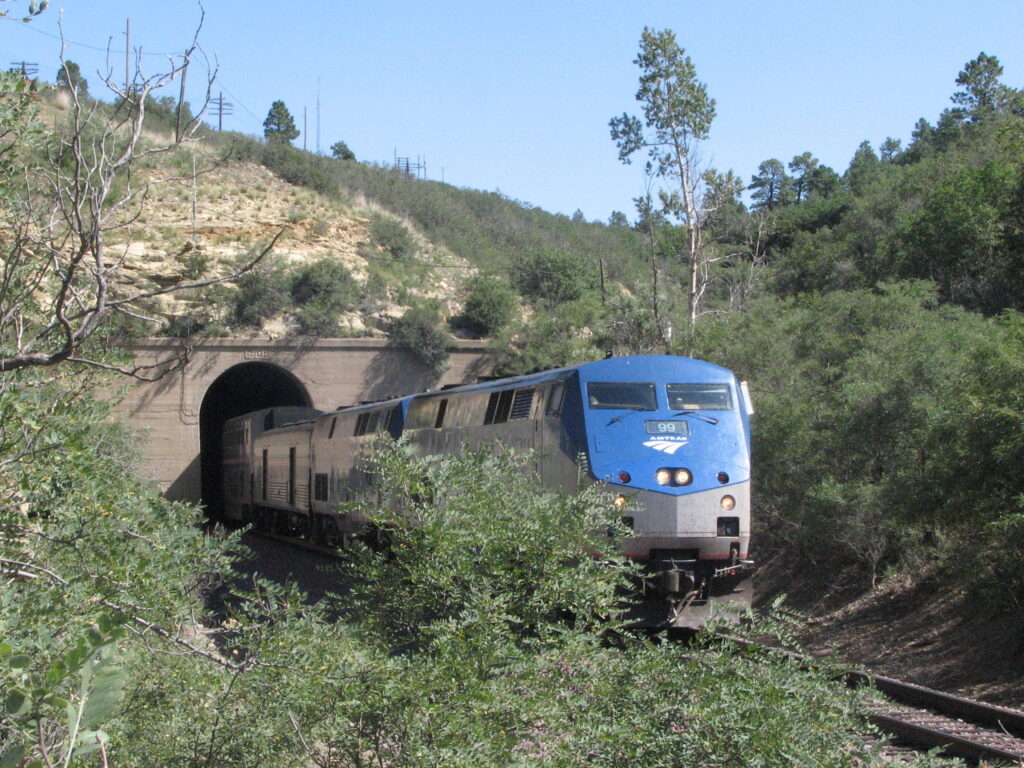Amtrak-Led Coalition Wins Another Southwest Chief Grant
- $11.5 million will stabilize and improve Colorado - New Mexico segment WASHINGTON – Amtrak, committed to the national network of long-distance, interregional trains, is thanking the Federal Railroad Administration for a $5.6 million Consolidated…
